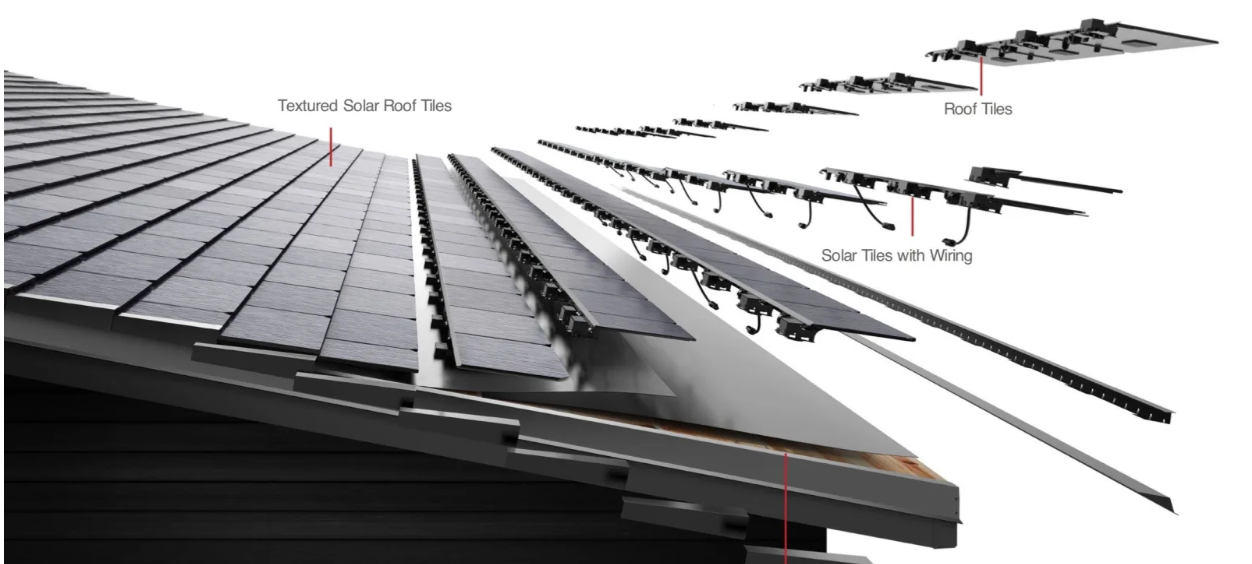Check Out These 5 Sustainable Building Materials For Homes in Oregon
As we become increasingly aware of the importance of eco-conscious living, more and more innovative building practices are emerging that reduce our carbon footprint and enhance the beauty and resilience of our homes.
In this article, we’ll explore five sustainable building materials and practices that are gaining popularity here in Southern Oregon’s Rogue Valley.
5 Sustainable Building Materials For Homes
Here at The Vineyards at Stage Pass, we’re seeing an increase in sustainable building materials and practices incorporated into our homeowner’s luxurious properties. Read on and learn how you can do the same!
1. Mass Timber Construction
Nestled in the heart of the Pacific Northwest, Oregon has emerged as a pioneer in the sustainable building industry, particularly in mass timber construction. Engineered wood products like cross-laminated timber (CLT) and glue-laminated timber (glulam) have become the building blocks of a greener future for the state. These materials, fabricated from sustainably harvested wood, are revolutionizing how homes are constructed in the region.
Mass timber is renowned for its exceptional durability and structural integrity. It allows architects and builders to create resilient homes capable of withstanding the test of time. CLT and glulam also offer impressive energy efficiency, providing superior insulation properties that reduce homeowners’ heating and cooling costs.
As a bonus, the carbon footprint associated with manufacturing and using these materials is notably lower than traditional construction methods, aligning perfectly with the commitment to sustainability.
2. Passive House Design
Passive House design has emerged as a beacon of sustainable and energy-efficient living. At its core, Passive House design is all about reducing energy consumption to a minimum while maintaining optimal comfort. This approach resonates deeply with Oregonians seeking to minimize their environmental impact without compromising the quality of life.
Passive House design places a strong emphasis on super-insulation and airtight construction. Walls, roofs, and floors are meticulously insulated to create a thermal envelope that keeps the home cozy in the winter and cool in the summer. Airtightness is achieved by carefully sealing gaps and joints, ensuring that conditioned air remains inside the living spaces. This reduces the need for constant heating and cooling and improves indoor air quality by preventing drafts and reducing the intrusion of outdoor pollutants.
High-performance windows and doors are also chosen to enhance insulation and minimize heat loss or gain. These measures result in homes that require a fraction of the energy typically needed for heating and cooling, translating into substantial cost savings for homeowners while significantly reducing their carbon footprint.
3. Green Roofs and Living Walls
In the Rogue Valley’s picturesque landscape, a captivating trend is taking root – the integration of green roofs and living walls. Beyond their visual allure, these eco-friendly installations have gained prominence for their remarkable environmental benefits.
Green roofs, with their lush carpets of vegetation, offer a striking dual-purpose solution. First, they provide exceptional natural insulation, helping to regulate indoor temperatures by reducing heat transfer through the roof. This not only enhances the energy efficiency of buildings but also lowers heating and cooling costs for residents.
Secondly, green roofs act as sponges, absorbing and slowing down rainwater, significantly reducing stormwater runoff. This is a vital feature in regions prone to heavy rainfall as it helps prevent flooding, minimizes strain on local drainage systems, and reduces the risk of water pollution. Living walls offer similar benefits while serving as works of art on the sides of buildings.
4. Recycled and Reclaimed Materials
This eco-conscious approach to construction involves breathing new life into discarded treasures, such as reclaimed wood, recycled glass, and salvaged metal. In a state celebrated for its natural beauty, these repurposed materials are becoming increasingly popular throughout Oregon.
With its rich timber history, Oregon has become a haven for reclaimed wood enthusiasts. By salvaging aged beams, planks, and timbers from old barns, warehouses, and other structures, homeowners and builders can infuse their spaces with rustic charm while extending the life of these materials. Using reclaimed wood also helps reduce the demand for freshly cut timber, preserving forests and mitigating deforestation while reducing carbon emissions associated with new lumber production.
Home builders are also exploring innovative ways to incorporate recycled glass and salvaged metal into homes. Recycled glass countertops and tiles offer a sustainable alternative to traditional materials, diverting glass from landfills and conserving resources. Meanwhile, salvaged metal finds new purpose as architectural elements, such as decorative panels, staircases, or even unique sculptures, showcasing how creativity can transform discarded materials into functional and artful features.
5. Solar Power Integration
Solar panels and solar water heating systems, such as Tesla’s Solar Roofs, are becoming integral components of home construction. This innovative approach reduces reliance on non-renewable energy sources and brings tangible economic and environmental benefits.
Tesla Solar roofs have become a common sight on rooftops across Oregon. These sleek, silicon-based wonders capture sunlight and convert it into electricity, providing homeowners with a clean and renewable power source. The surplus energy generated during sunny days can be stored in batteries or fed back into the grid, ensuring a constant supply even during cloudy periods.
Beyond electricity generation, solar water heating systems are gaining popularity for their ability to harness the sun’s energy to provide hot water for homes. By using solar thermal collectors, these systems can significantly reduce the energy required for water heating, further lowering utility bills and minimizing the carbon footprint of households. For homeowners in Oregon, this translates into not only cost savings but also the satisfaction of contributing to a more sustainable and energy-independent state.
Embark on Your Journey to Luxury and Sustainability at The Vineyards at Stage Pass
As you dream of your ideal luxurious and eco-friendly home nestled within the serene ambiance of The Vineyards at Stage Pass, rest assured that your vision is well within reach. With a commitment to luxury and environmental consciousness, this idyllic setting offers the canvas upon which your dream home can flourish.
Choose your ideal home builder, and you can bring to life a residence that encapsulates your desires for luxury, comfort, and eco-friendliness. The journey begins here, where luxury and sustainability converge, creating a home that reflects your values and aspirations amidst the beauty of Oregon’s wine country. Schedule a tour of our available lots today!



